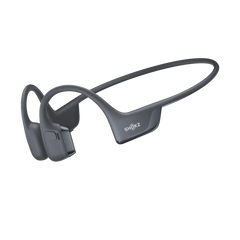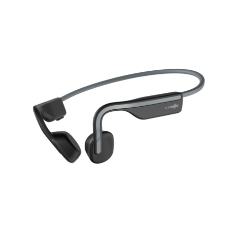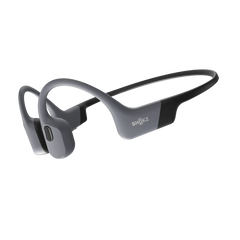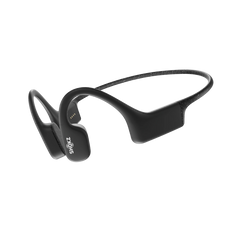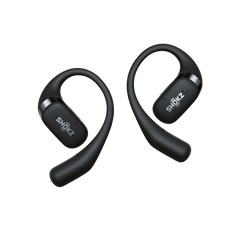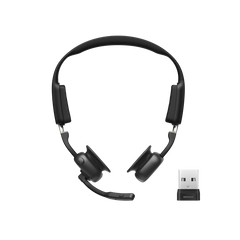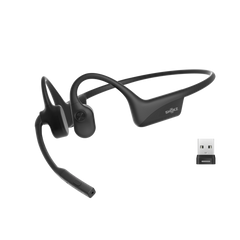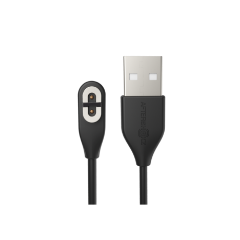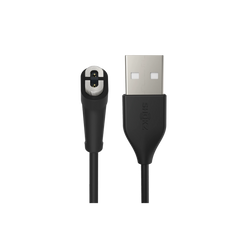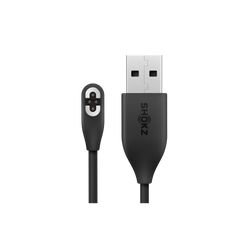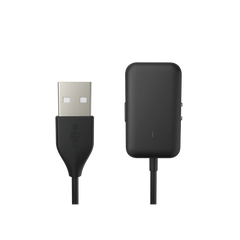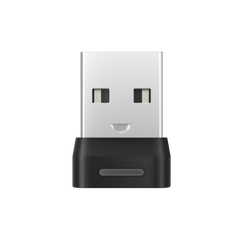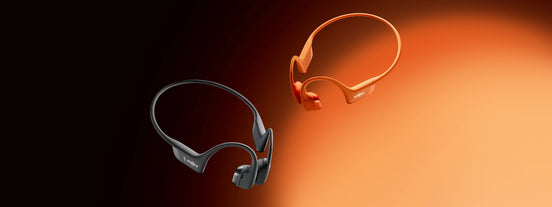Trekking is all about forging a deeper connection with nature, pushing physical limits, and tapping into mental clarity. It’s not just a walk—it’s an immersive journey. You’re relying on reliable, minimal gear that doesn’t distract or weigh you down. That’s why wireless earbuds for trekking or open ear headphones can be essential tools on trails.
Listening to podcasts, motivational playlists, or guided breathing tracks can help with pacing and focus over many miles. But your audio should not block your senses—you still need to hear the rustling leaves, passing wildlife, or trail markers. The perfect trek companion lets you enjoy sound and stay present.
Scientific research supports the restorative benefits of nature exposure: studies show that time spent outdoors—or even listening to nature’s soundscapes—can reduce stress, restore attention, and boost mood and cognitive performance.
In‑ear earbuds seal off your ear canal—good for sound isolation, but problematic outdoors. They cut out ambient sound, which can compromise safety on trails. They can also become uncomfortable over long treks or in unpredictable weather, especially when sweat builds up or ear tips shift.
The Role of Open Ear and Wireless Technology in Safe Trekking
What Are Open Ear Headphones and How Do They Work?
Open ear headphones, especially bone conduction, deliver sound without covering or plugging your ears. Instead, they transmit vibrations through the cheekbones. You hear music or audio while keeping your ears open to your surroundings—ideal for hearing approaching wildlife or trail signage.
Benefits of Wireless Earbuds for Trekking Adventures
Going wireless frees you from tangled cables and gives you freedom on uneven or technical terrain. Compact, secure-fitting models reduce distractions and let you adjust gear quickly. Many trekking headphones offer sweat and splash resistance—perfect for changing conditions.
Why Bluetooth Earbuds Are Ideal for Long Treks
Bluetooth 5.0 and above offer longer ranges and stronger connectivity even in remote terrain. Long battery life and portable charging cases ensure your tunes last: many options offer 8–10 hours per charge and total runtime exceeding 20 hours. Pre‑downloading media lets you stay offline and focused—even where there's no signal.
How to Choose Trekking‑Friendly Audio Devices
Top Features to Look For in Open Ear and Wireless Earbuds
To find trekking-ready gear, aim for:
-
IPX5/IPX6 or higher for water and dust resistance
-
Long battery life (8+ hours per charge, with portable case for extra charges)
-
Lightweight and secure fit to stay stable during movement
-
Ambient sound or open-ear awareness for safety
-
Easy controls that work even if you’re wearing gloves or trekking poles
Best Bluetooth Earbuds for Long Trekking Journeys
Here’s how several earwear options fit diverse trekking needs:
|
Product |
Best For |
Key Features |
|
OpenFit 2+ |
Trekking with awareness, long battery, and rich sound |
Open‑ear bone conduction, Dual‑driver sound, wireless charging, ~48h total playback |
|
OpenFit Air |
Casual hikers or those focused on comfort and simplicity |
Lightweight open‑ear, stable hook fit, decent playback (up to ~28h), awareness-preserving design |
|
OpenRun |
Active treks and outdoor workouts in varied weather |
Bone conduction with open‑ear safety, IP67 waterproof, quick-charge, ~8h battery |
Rather than choosing a “winner,” consider what matters most to you: is it long listening time, high audio clarity, weather protection, or maximum awareness? Each model offers different strengths tailored to diverse trekking profiles. See more options on Shokz.
Fitting Audio Into Your Trekking Routine
- Use one earbud in busy or wildlife-prone areas to stay alert.
- Carry a compact solar battery pack for multi‑day hikes.
-
Download all media beforehand to avoid reliance on data or Wi‑Fi.
- Practice with controls before you start—so you can skip tracks or adjust volume without stopping.
Who Should Consider Which Model?
-
OpenFit 2+ is ideal if you want immersive sound, long battery life, and open ear safety, with wireless charging for extended trips where outlets aren’t available.
-
OpenFit Air suits light trekkers and first‑time users looking for breathable comfort and trail awareness without extra bells and whistles.
-
OpenRun is tailored for those combining trekking with active movement—wanting water resistance, quick charging, and a secure fit under hats or helmets.
FAQs
Are open ear headphones better for trekking than in‑ear ones?
Yes. They allow you to stay aware of the environment—well-suited for trails with wildlife, uneven terrain, or changing conditions.
How long do Bluetooth earbuds last during a full‑day trek?
Many premium models offer 8–10 hours per charge, and when combined with charging cases, total runtime can exceed 20–40 hours. A model like OpenFit 2+ can reach up to48 hours.
Do open‑ear headphones hold up in extreme weather?
Yes. High-quality models like OpenRun offerIP67 waterproofingfor rain or immersion, while others often carryIP55 ratingsto resist sweat and splashes.
Will I lose Bluetooth signal in remote areas?
Bluetooth doesn’t rely on cell service—just the connection within ~10 m of your device. Alwaysdownload your music or podcasts beforehandto avoid needing Wi‑Fi while trekking.
Ready to Elevate Your Trekking Experience?
Your trek should be as freeing as the trail itself. Choose wireless earbuds for trekking or open ear headphones that deliver awareness, comfort, and lasting energy—literally and figuratively. Whether you’re logging miles or heading off-grid, let your audio enhance every step without overshadowing your surroundings.
